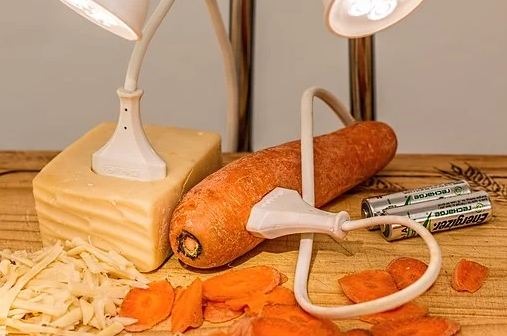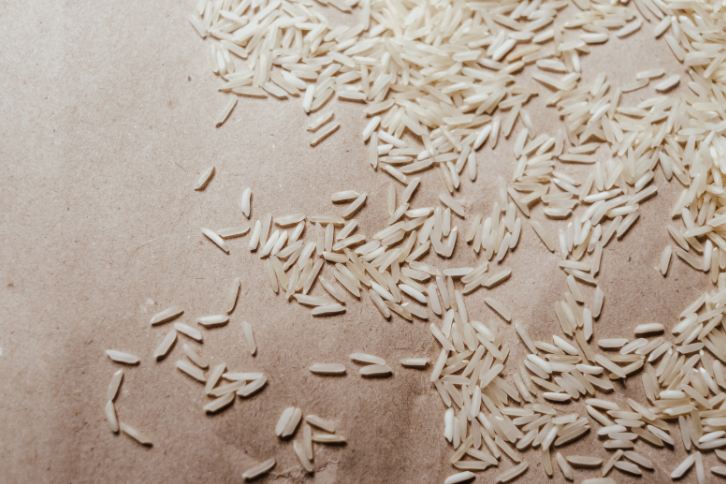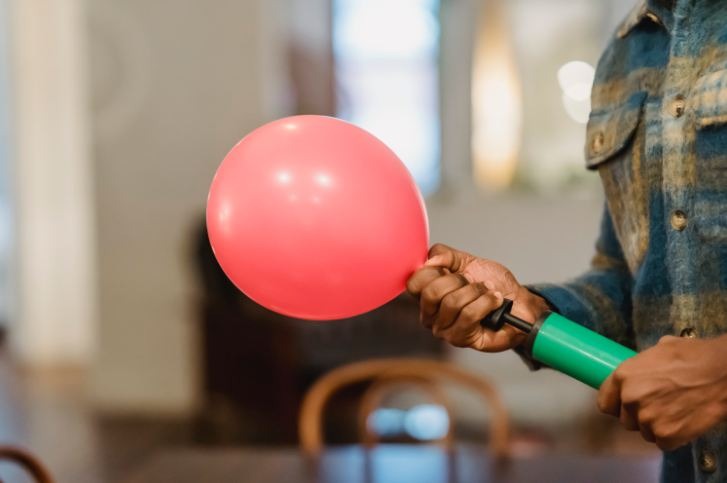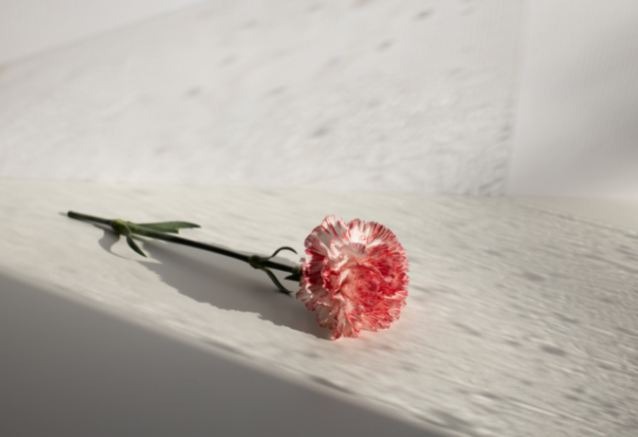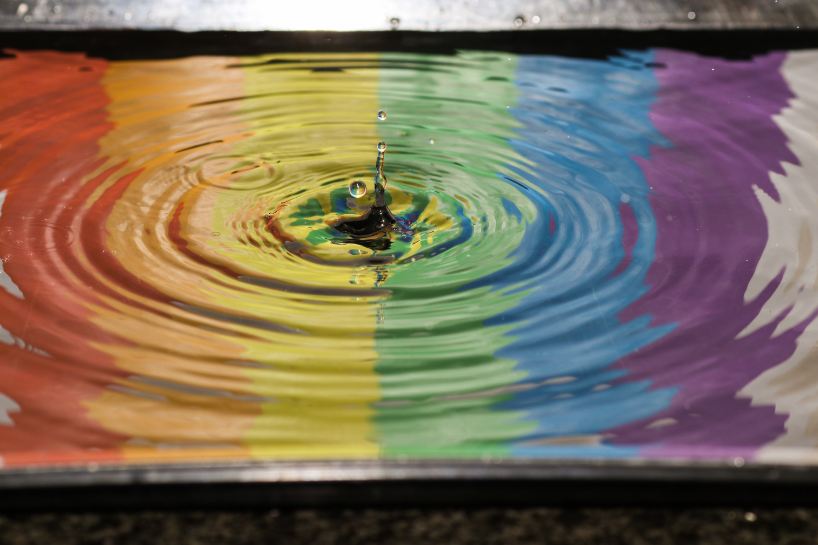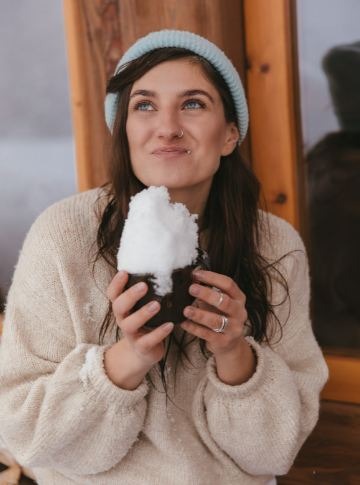We all know that science experiments are a great way to teach kids in the classroom. There are lots of great science experiments that you can do at home, especially in your garage. Maybe you are amid winter boredom or sweltering summer when it is too hot to play outside. The science experiments for kids are sure to put an end to the boredom during vacations.
It is in a child’s nature to be engaged and curious. Through science experiments, you can teach the children to hypothesize, analyze and conclude their findings through hands-on games. It allows the children to work on their curiosity through a science-based approach. It keeps them engaged and entertained for hours.
Fun Science Experiments for Any Garage
Science experiments in the garage are not only a way to keep the kids engaged but also helps to gain a wealth of knowledge. While doing science experiments in the garage, ask your kids that what do they think will happen, why do they think the reaction happened, etc. These questions will keep them involved and give your kids an educational value.
Crazy Dancing Rice Experiment
This science experiment is safe, easy, and suitable for preschoolers and elementary school students. To perform this experiment in the garage, you can find the required material in the kitchen such as:
- Rice
- Vinegar
- Water
- Baking Soda
- Food coloring
Fill a clear jar a little more than halfway with water and mix in some food coloring. Adding a food color will make it fun and attractive to the kids. Now add 1 tablespoon of baking until it is completely gone. Now add ¼ cup of rice and 2 tablespoons of vinegar.
The baking soda will react with the vinegar and create a little fizz. The rice will start to move or dance like crazy because of the fizz or reaction of vinegar and baking soda. Also, you can add glitter to the mixture. Kids will love this fun science experiment in the garage.
Self-Inflating Balloon
You can teach your kids the basics of chemistry using safe materials. For this purpose, you will need a balloon, vinegar, baking soda, and an empty plastic bottle
This scientific experiment is suitable for 2 people. The faster you can place the balloon on the top of the bottle, the better the experiment will work.
Add 1/3 cup of white vinegar to the plastic bottle. One person should hold the balloon open, while the other person adds 3 teaspoons of baking soda. Adding baking soda can be messy, to avoid any spill, you can use a funnel. Hence, it will make it easier for pouring the baking soda.
Then quickly stretch the neck of the balloon and place it on the bottle. There your kids will see if inflating on its own. Ask your kids that how a balloon is self-inflating. It is because the vinegar reacts with the baking soda that produces carbon dioxide. As a result, the balloon gets inflated just like we inflate it by exhaling.
Change The Color Of Flowers
You can teach your elementary school kids how water defies gravity and moves through the stems of the plants. For this science experiment in the garage, you will need white carnations, glass or plastic cups, food coloring, and water. To perform this experiment, follow these steps:
- Cut the stems of white carnations and put them in glass or plastic cups.
- Add water and different food coloring to each jar. Make sure that you have added enough food coloring to each cup so that the flower can absorb it. 15 drops of food coloring in each jar would be enough.
- Put a carnation in each jar and wait.
While the reaction takes place, ask the kids to observe it and take notes. After several hours, the white petals will begin to show streaks of color. If you let it stay for few days, the flowers will reflect the vibrant colors. It means they will look full of color. It can be a fun science experiment for your kids that you can do in the garage.
Rainbow In A Tube
Making a rainbow in a tube is a time taking and requires patience. On the other hand, it will teach the kids about the effect of density. For this purpose, you will need 6 different shades of food coloring, 6 glasses, a test tube, lots of sugar, and a syringe.
You can start the experiment by adding a cup of water to each glass. Make sure that you have measured the water for each glass equally, otherwise, the experiment will not work as expected. Add few drops of food coloring and make sure that each glass is having a different color.
Now set one of the glasses aside and add 2 teaspoons of sugar in the other glasses, 4 in the next glass, 6 in the next glass, and so on. Remember, that one of the glasses should be having colored water without sugar.
Do your best to mix and dissolved all the sugar in each glass. You can use the syringe to withdraw some of the water from the glasses with the most sugar and then place it in the test tube. Now switch to a second glass that contains less sugar until the glass without sugar rises to the top.
Start adding water slowly. As you add the water, the thicker water moves towards the bottom of the tube and there you see a beautiful rainbow in the garage.
Make Fake Snow
For all the kids who love snow or live somewhere where it is not cold enough to snow, this science experiment will be fun for your kids. Fortunately, you can make snow with science. There are various ways of making fake snow in the garage.
The first is synthetic polymers, which you will find in diapers. For this experiment, you can use fake instant snow powder. Pour some of the powder into a bowl or cup and then add a little water. Your kids will be able to watch the mound of dust transforming into fluffy snow using science.
Another way of making fake snow is by using vinegar, baking soda, and paper towels. For this purpose, mix the small pieces of paper towel with baking soda. Then add vinegar. As a result, you will be able to create fluffy fake snow that can be shaped into balls. Hence, this will be a fun science experiment for your kids.
The last and way of making snow are by using baking soda and water. All you have to do is to pour baking soda into a bowl or mug. Add a little water and continue adding until it is formable. Then make a snowball and try to squeeze. There you have, fake snow in the garage.
Garage Science Experiments – Fun And Knowledge For Kids
A garage can be used for a lot of purposes, such as a track room, workshop, extra living room, gym room, kid’s playroom, etc. When it comes to extreme weather conditions such as cold or warm, kids cannot go out to play. But if you utilize your garage then there are a lot of game ideas for garages. These game ideas can be fun science experiments too, where you can teach your kids that how science works in different ways.
Fun science experiments are not only for fun but they can be of knowledge. You can ask your kids if they know how a balloon self-inflated or how the white carnations changed their color. Also, there are a lot of science experiments that you can perform in your garage with safety instructions. It will be a fun period for kids but they will be learning a lot.
